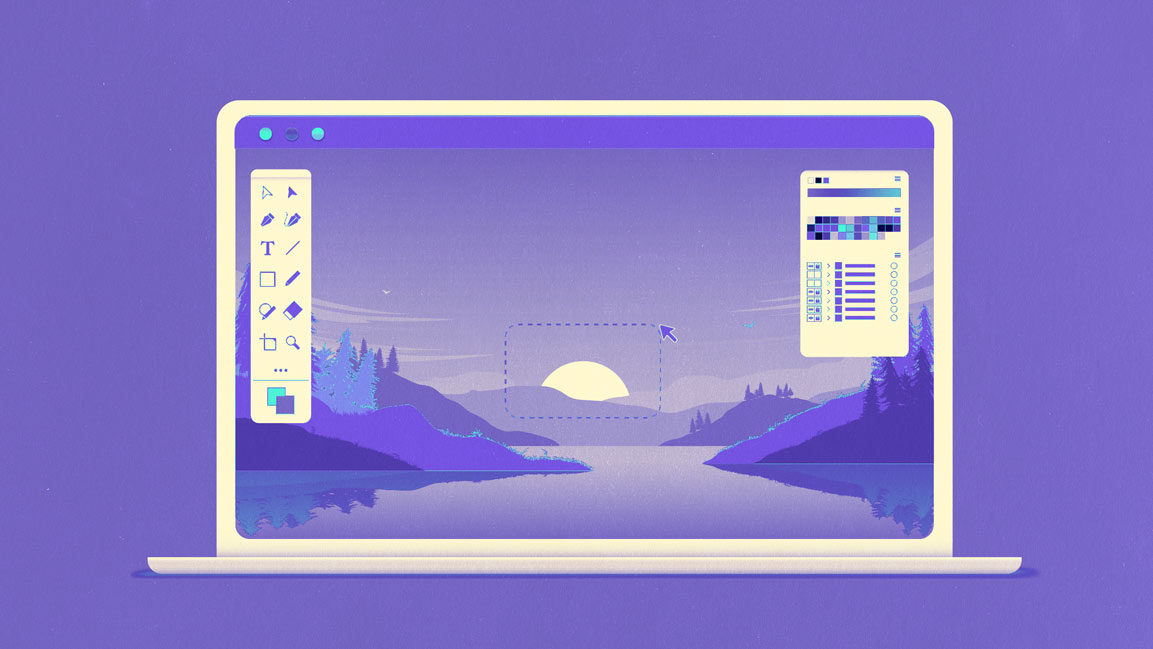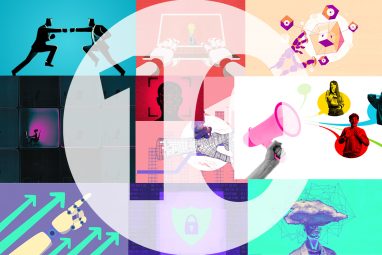Decoding the Hype vs Reality of Image Editing Models
Nano Banana’s debut highlights both the promise of democratized creativity and the gap that remains between quick internet-ready visuals and professional-grade artistry.
News
- AI May Add $1.7 Trillion to India’s Economy by 2035
- Reliance lays out draft AI manifesto, signals shift to AI-native operating model
- AI Job Losses Could Accelerate By 2026, Geoffrey Hinton Warns
- India’s Data Center Capacity Seen Jumping Tenfold to 14GW by 2035
- SoftBank Bets on AI Backbone With $3 Billion DigitalBridge Deal
- India Invites China to Participate in AI Impact Summit

With Nano Banana, an image-editing model inside Gemini, Google has stirred the pot. The buzz was instant. Creators called it “the top-rated image editing model in the world,” while early demos showed off lookbook-quality shots, lifelike likeness retention, and lightning-fast edits. Social feeds were flooded with captions like, “$5K photo shoot, without the shoot.”
However, as with every big AI launch, the hype invites a reality check. Are we witnessing a fundamental leap in creative tools, or just another layer of marketing in an already crowded race?
Google’s Nano Banana, a Star in the Market
Nano Banana’s launch cemented Google’s growing focus on turning Gemini into more than just a text-based AI assistant. With native image editing already introduced earlier this year, the new model builds on one of the hardest problems in generative AI: character consistency.
For anyone who’s tried AI portraits before, the challenge is familiar: upload a photo, make a few edits, and suddenly your eyes don’t match, your pet looks unrecognizable, or your smile morphs into something uncanny. Nano Banana tackles this head-on. Early testers rave about how the model can maintain likeness across multiple edits, whether you’re swapping hairstyles, merging two photos, or transporting yourself from Mumbai to Manhattan.
Meanwhile, creators have already begun showcasing Nano-banana’s utility for fashion, marketing, and entertainment. One viral post displayed an entire lookbook shot across Tokyo, New York, and London, all generated in seconds for cents per render. Some users see potential in its ability to extract objects from photos and instantly transform them into 3D models for virtual environments.
OpenAI and the Ghibli Controversy
If Google has captured attention with speed and consistency, OpenAI has leaned into integration and precision. By embedding advanced image generation directly into GPT-4o, OpenAI has turned its chatbot into a visual partner. You can ask for edits in natural conversation, upload a photo for transformation, or generate a Studio Ghibli-style sketch of your kitchen.
Technically, it’s impressive. GPT-4o renders text accurately in images, a feature that used to trip up competitors, and follows prompts with meticulous detail. The workflow feels seamless, less like using a standalone tool and more like extending your imagination into visuals.
Yet, reality collided with ethics. The “Ghibli-style” outputs sparked controversy. Studio Ghibli co-founder Hayao Miyazaki famously dismissed AI animation as an “insult to life itself.” Fans pointed out the irony of AI recreating a painstakingly hand-drawn style from a studio that has resisted automation. Supporters countered that progress brings efficiency, making whimsical storytelling more accessible.
This episode underlines a deeper reality: OpenAI’s models are technically brilliant, but their use raises unresolved debates around artistic ownership, cultural respect, and intellectual property.
Meta’s Instagram Magic
Meta’s approach is subtler but no less significant. Instagram now allows users to edit photos directly in chat with Meta AI; “add fireworks” is all it takes. In Stories, a tap can expand cropped edges with AI-filled backgrounds.
Here, the hype is less about raw capability and more about reach. Billions of Instagram users now casually interact with AI-powered editing without downloading new apps or learning new tools. For many, this will be their first experience with AI creativity.
Adobe and Canva are in the Race, Too
While Google, OpenAI, and Meta have had flashy announcements, veterans like Adobe and Canva continue to refine their offerings. Photoshop’s generative fill is arguably the most reliable professional-grade tool available today, trusted in advertising, design, and media. Canva’s Magic Edit brings similar ease-of-use to non-designers, enabling quick tweaks for presentations, marketing materials, or social posts.
Their hype may not dominate headlines, but their reality is stronger: dependable, precise, and already integrated into professional workflows. For now, they remain the standard for commercial use, even as newer entrants court mainstream users.
The Current Landscape
When taken together, this wave of launches marks an important point for AI image editing. But like most disruptive technologies, its promise and practice don’t always line up.
- The hype: We can now generate polished visuals in seconds for pennies, no studio required. Everyday users can place themselves anywhere in the world, change entire settings, or create on-model brand campaigns from a laptop.
- The reality: AI-generated images still stumble on fine details, can raise ethical and legal questions, and rarely meet the high bar required for professional campaigns or artistic authenticity.
The future of image editing AI will likely hinge on three key themes. First, accuracy and consistency, as models must move beyond the “close but not quite” phase to deliver truly reliable results. Second, ethical guardrails are crucial in defining where the line lies between inspiration and imitation. And third, seamless integration, with editing capabilities becoming embedded into everyday apps rather than existing only as standalone tools.
For now, Nano Banana’s launch represents both the excitement and the caution of this moment. It’s dazzling, yes. It democratizes creativity, absolutely. But it also reveals how much ground remains between internet-ready magic and the rigor of professional artistry.
In short: the hype is real, but so are the limitations.




